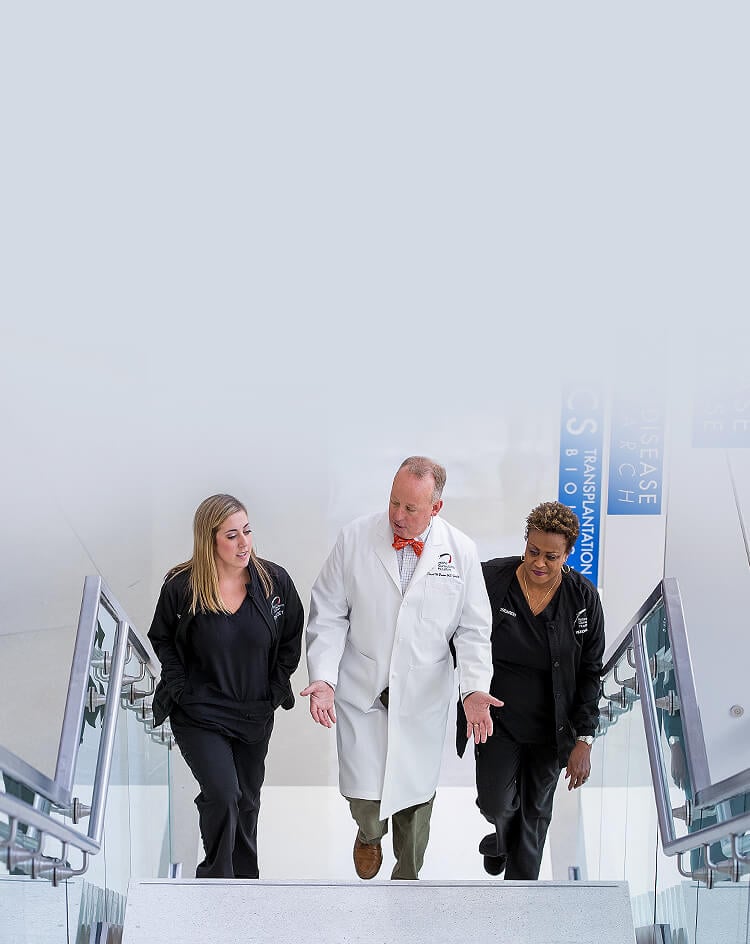Dr. Christopher Henry Featured in Uveitis Treatment Article

When it comes to determining an appropriate course of treatment for uveitis, developing the best approach for each individual patient can be a challenge. Uveitis is a broad condition that can be caused by many things, each of which has its own treatment method. In the cover story for the most recent issue of Review of Ophthalmology, Retina Consultants of Texas’s very own Dr. Christopher Henry offered his expertise and insights into the various treatment options for uveitis.
The article, entitled “Treating Uveitis, 2021: The State of the Art,” discussed uveitis treatment options such as the use of topical steroids, steroid injections, systemic steroid treatments, antimetabolites, biologics, IL-6 antibodies, t-cell inhibitors, and alkylating agents. It also touched on how to manage patient expectations.
Highlights from Dr. Henry
On what factors to consider when first determining the best course of treatment uveitis:
“Once you’re sure you’re dealing with a noninfectious process, your treatment paradigm depends on three things. First is chronicity: Has this been a chronic process or an acute process? Second is severity. Is this vision-threatening, or not too severe? Third is bilaterality: Is this a one-eye or two-eye process? If it’s mild, isolated acute uveitis, you can often manage that with topical or local therapy. If it’s chronic, severe, bilateral uveitis you’ll often have to resort to systemic therapy.”
On discussing treatment options with the patient
“Every patient with uveitis is unique. You have to tailor your treatment to their disease and their personal preferences for management. When a patient has chronic, noninfectious severe uveitis, I frequently discuss whether they want to do the systemic therapy approach, or what I call the ‘bionic eye’ approach.
“In most cases, if someone has autoimmune, bilateral severe disease, I’ll direct them toward systemic therapy. However, some patients are just not interested in systemic therapy; they may choose to undergo chronic steroid injection or local therapy. It’s my job to make sure those patients are aware that they’re at risk for cataract and glaucoma. They may end up with an IOL and a tube shunt, and they have to understand that.”
You can read the full article here.



